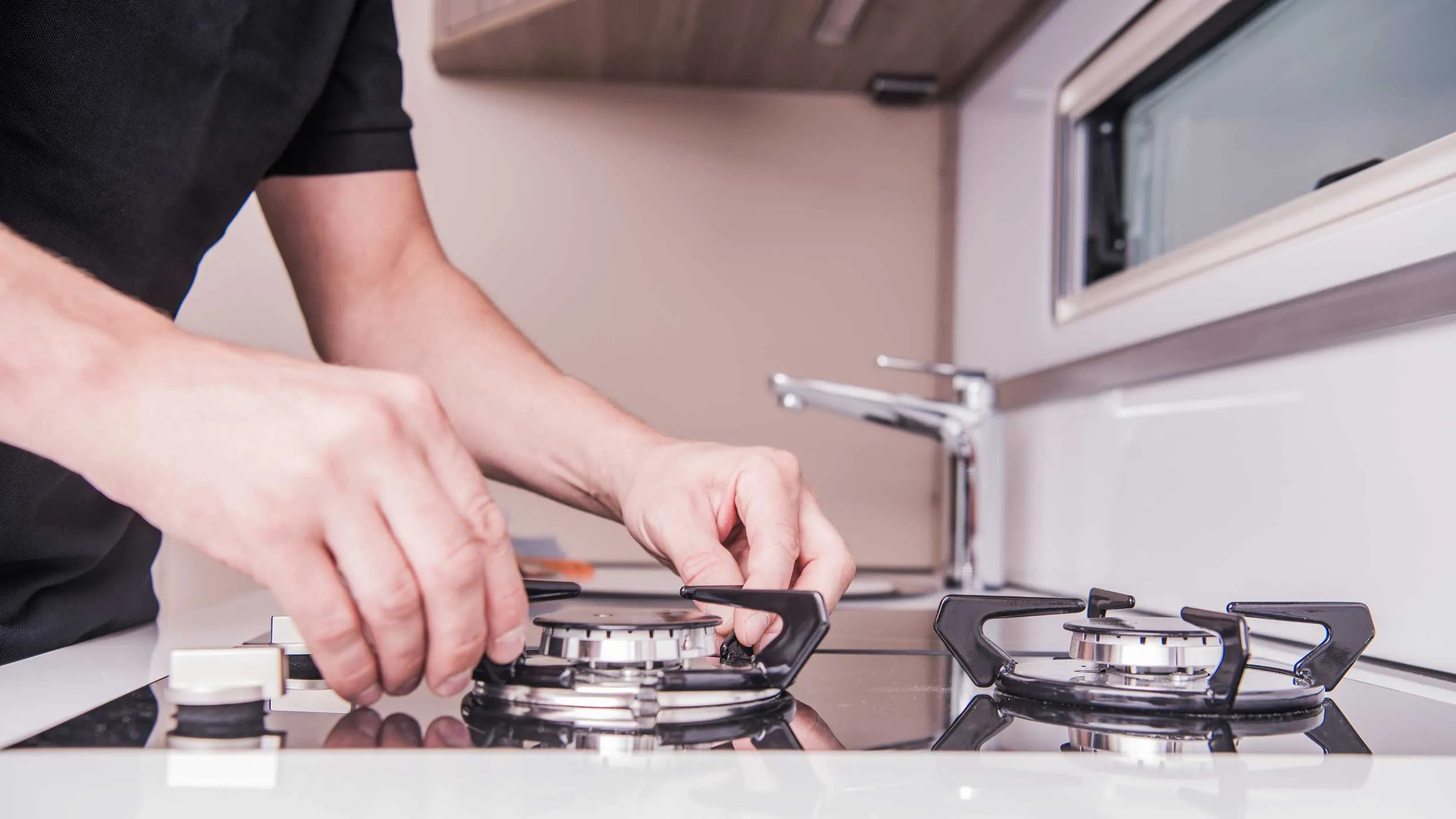At Kitchenaid Appliance Repair Professionals, we understand the frustration of encountering issues with your KitchenAid range, especially when you’re preparing for a festive occasion like St. Patrick’s Day. That’s why we’ve compiled a comprehensive guide to help you tackle any problems that may arise with your appliance. With our expert tips and tricks on KitchenAid range repairs, you’ll be able to get your appliance back in working order in no time, allowing you to focus on enjoying the festivities with your loved ones.
Understanding Common KitchenAid Range Issues
-
Heating Element Malfunction
One of the most common issues that KitchenAid range owners encounter is a malfunctioning heating element. This can manifest as uneven cooking or complete failure to heat up. In many cases, this issue can be attributed to a faulty heating element, which may need to be replaced.
-
Temperature Calibration Problems
Another common issue is temperature calibration problems, where the temperature displayed on the range does not match the actual temperature inside the oven. This can lead to overcooked or undercooked food and can be caused by a variety of factors, including a faulty thermostat or sensor.
-
Igniter Failure
If you’re having trouble getting your KitchenAid range to ignite, the problem may lie with the igniter. Over time, igniters can wear out or become dirty, preventing them from properly igniting the gas in the burner. Cleaning or replacing the igniter can often resolve this issue.
DIY KitchenAid Range Repair Tips for St. Patrick’s Day
-
Check the Power Supply
Before attempting any repairs, it’s important to ensure that your KitchenAid range is receiving power. Check that the power cord is securely plugged into a working outlet and that the circuit breaker hasn’t been tripped.
-
Clean the Heating Element
If you’re experiencing uneven cooking or inconsistent heating, try cleaning the heating element. Built-up grease and food residue can interfere with the element’s ability to distribute heat evenly. Use a soft brush or cloth to gently clean the element, being careful not to damage it.
-
Calibrate the Temperature
If you suspect that your KitchenAid range’s temperature is not accurate, you can attempt to recalibrate it yourself. Refer to your owner’s manual for instructions on how to access the temperature calibration settings, and follow the steps provided to adjust the temperature as needed.
-
Replace the Igniter
If your KitchenAid range is having trouble igniting, you may need to replace the igniter. Start by turning off the power to the range and removing the burner cover. Locate the igniter and carefully disconnect it from the burner. Install the new igniter according to the manufacturer’s instructions, then reassemble the burner cover.
When to Call a Professional
While many KitchenAid range issues can be resolved with DIY repairs, there are some situations where it’s best to call in a professional. If you’re unsure of how to safely perform a repair, or if the issue is complex or requires specialized tools, it’s always best to seek the assistance of a qualified technician like us here at Kitchenaid Appliance Repair Professionals.
Conclusion
Don’t let a malfunctioning KitchenAid range dampen your St. Patrick’s Day celebrations. With the right knowledge and a little bit of elbow grease, you can tackle any repair issues that may arise and get back to enjoying the festivities with your friends and family. Remember, safety is always the top priority when performing DIY repairs, so if you’re unsure of how to proceed, don’t hesitate to seek professional help from Kitchenaid Appliance Repair Professionals.
FAQs
Why is my KitchenAid range not heating up properly?
- Your KitchenAid range may not be heating up properly due to a faulty heating element or temperature calibration issues. Cleaning the heating element or recalibrating the temperature settings can often resolve this issue.
How can I tell if my KitchenAid range’s temperature is accurate?
- You can test the accuracy of your KitchenAid range’s temperature by using an oven thermometer. Place the thermometer inside the oven and compare the reading to the temperature displayed on the range. If there’s a significant difference, you may need to recalibrate the temperature settings.
What should I do if my KitchenAid range fails to ignite?
- If your KitchenAid range fails to ignite, it may be due to a faulty igniter or a problem with the gas supply. Check that the gas valve is open and that the igniter is clean and free from debris. If the issue persists, you may need to replace the igniter.
Can I perform repairs on my KitchenAid range myself?
- While many common issues with KitchenAid ranges can be resolved with DIY repairs, it’s important to exercise caution and follow safety guidelines. If you’re unsure of how to safely perform a repair, or if the issue is complex, it’s best to seek the assistance of a qualified technician.
How often should I clean my KitchenAid range to prevent issues?
- To prevent issues with your KitchenAid range, it’s recommended to clean it regularly. Wipe down the exterior surfaces after each use and clean the interior, including the heating elements and oven racks, at least once a month. This will help prevent buildup of grease and food residue that can interfere with the appliance’s performance.
Contact Us for Expert KitchenAid Range Repairs!
Experience hassle-free solutions for your KitchenAid range issues. Reach out to KitchenAid Appliance Repair Professionals today for top-notch KitchenAid range repairs! Explore our previous blog, “Unleashing Women’s Potential: KitchenAid Cooktop Repair Hacks,” for additional insights into maintaining your KitchenAid appliances.

